Singapore Flag Meaning
A bicolor flag with a red upper half and white lower half. In the upper hoist is a white crescent moon beside five white five-pointed stars arranged in a circle. The flag symbolizes Singapore’s ideals of unity, progress, and multicultural harmony.
- Continent
- Asia
- Adopted
- 1959
- Ratio
- 2:3
- Colors
- red, white
- Designer
- Teng Mah Seng (led design team)
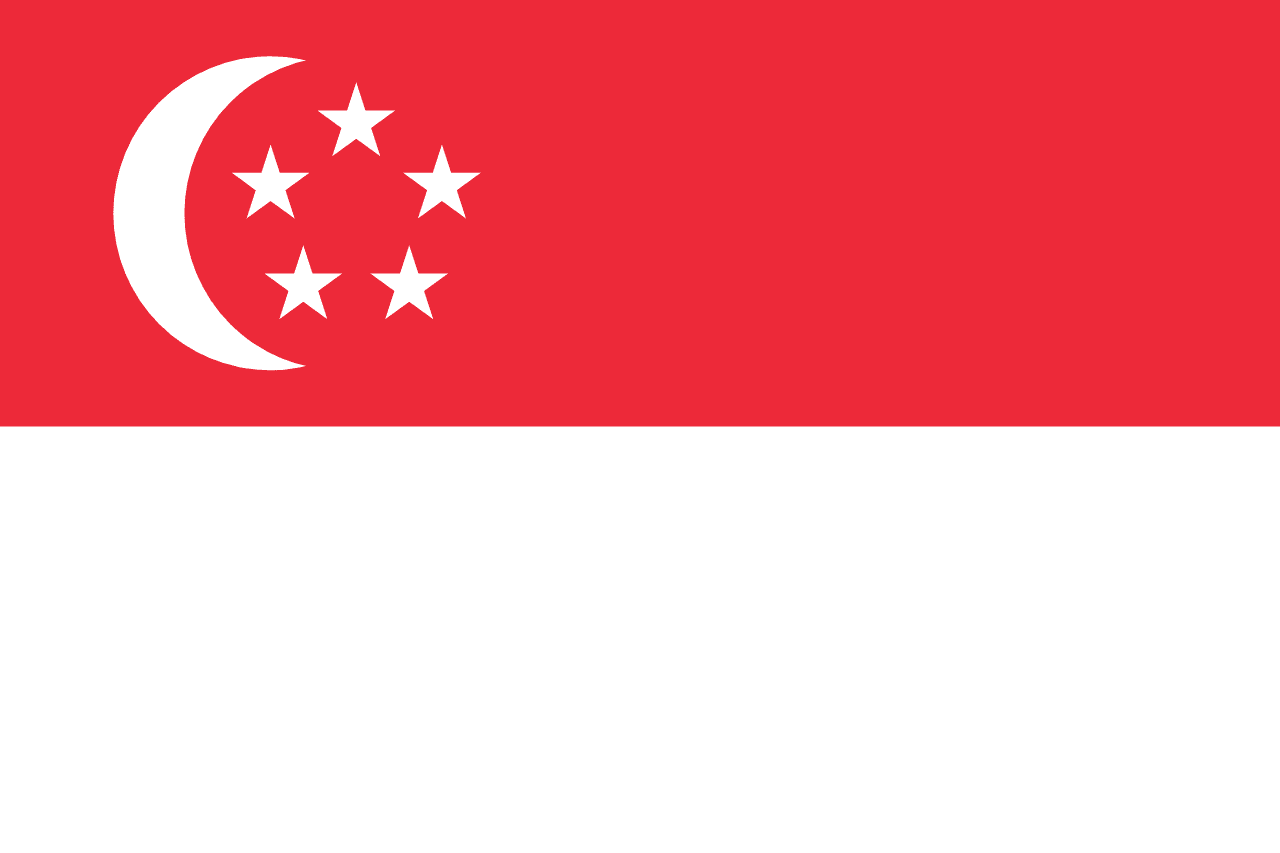
Symbolism
Red: Represents universal brotherhood and the equality of man.
White: Symbolizes purity, integrity, and virtue.
Crescent Moon: Represents a young nation on the rise, symbolizing growth and progress.
Five Stars: Stand for Singapore’s ideals: democracy, peace, progress, justice, and equality.
History
- 14th Century: Known as Temasek, the island was part of regional trade networks before becoming a Malay sultanate outpost.
- 1819: Sir Stamford Raffles established a British trading post, leading to Singapore’s growth as a strategic port.
- 1942–1945: Japanese occupation during World War II brought hardship and loss of life.
- 1959: Self-governing Singapore adopted the current national flag.
- 1963–1965: Briefly joined Malaysia before becoming fully independent on August 9, 1965.
- 1965–Present: Transformed from a small trading post into a global financial and technological hub under strong governance and rapid economic development.
Trivia
- Singapore is one of only three surviving city-states in the world, alongside Monaco and Vatican City.
- Its national anthem, 'Majulah Singapura,' is written in Malay, the country’s national language.
- Chewing gum is famously restricted in Singapore to maintain cleanliness.
- Despite its small size, Singapore has one of the world’s busiest ports and airports.
- The crescent moon on the flag reflects Singapore’s identity as a young nation, even though it is highly developed today.
Related Countries

Malaysia
Asia
Fourteen alternating red and white stripes with a blue canton containing a yellow crescent and 14-pointed star, representing the federation of Malaysian states and territories united under Islam and royal authority.

Indonesia
Asia
Two horizontal stripes of red over white, known as 'Sang Saka Merah-Putih' (The Sacred Red and White), representing the courage and purity of the Indonesian people and their struggle for independence from colonial rule.
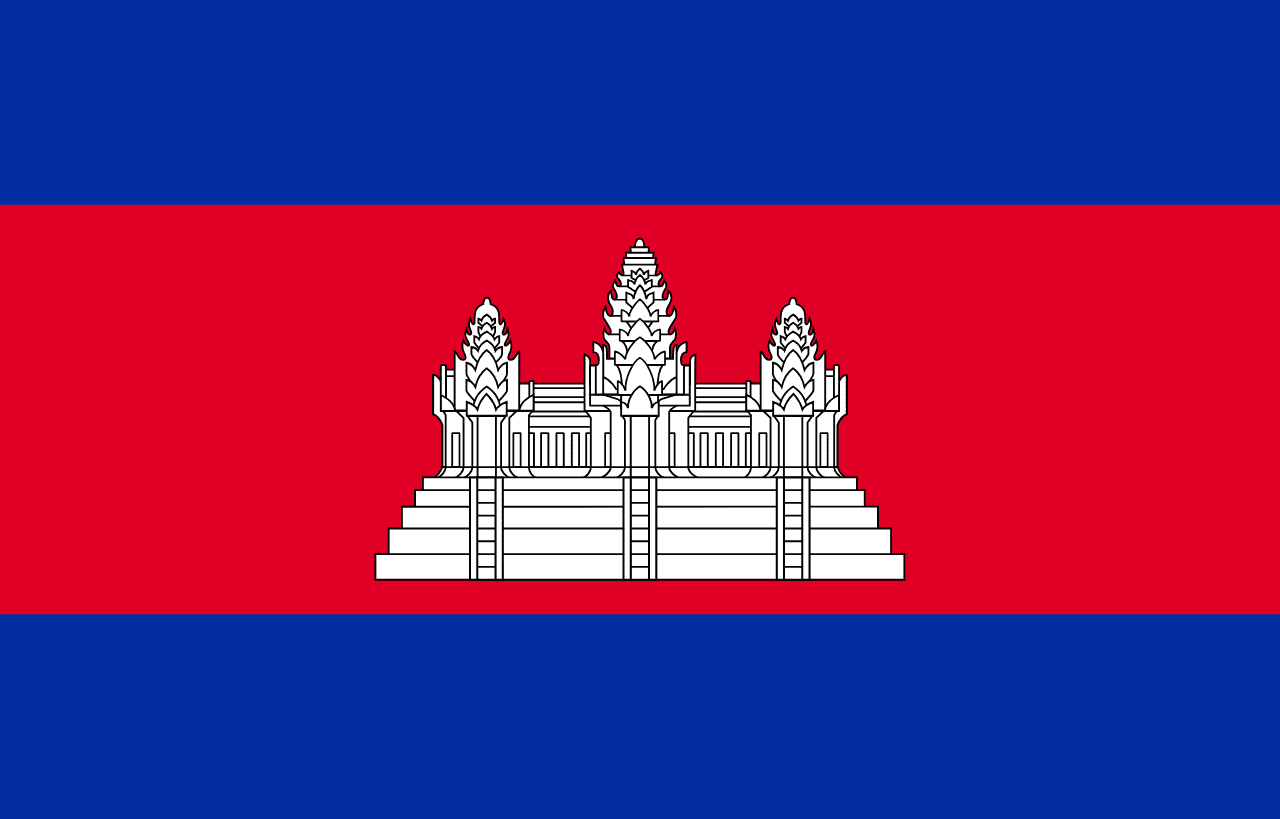
Cambodia
Asia
Three horizontal stripes of blue, red (double width), and blue with a white depiction of Angkor Wat temple in the center, representing the nation, the king, and the sacred temple that symbolizes Cambodia's glorious past and cultural heritage.
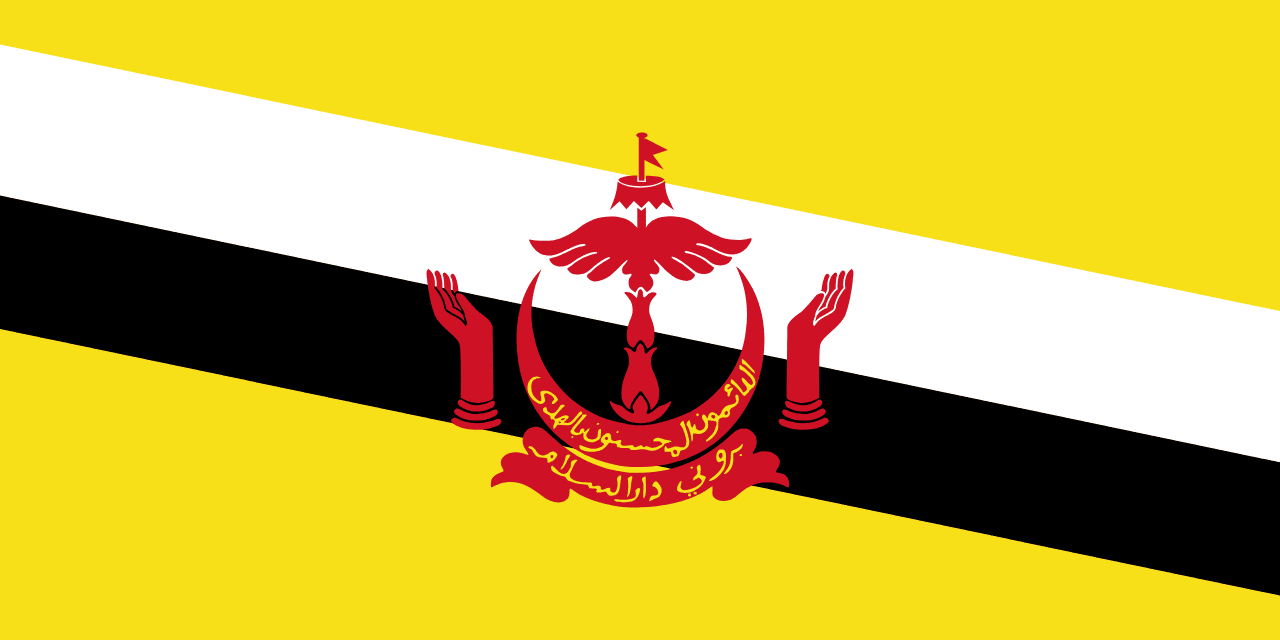
Brunei
Asia
A yellow field with two diagonal stripes of white and black, featuring the national coat of arms in red in the center, representing the Sultan's sovereignty, the state's prosperity, and the nation's commitment to peace and Islamic values.
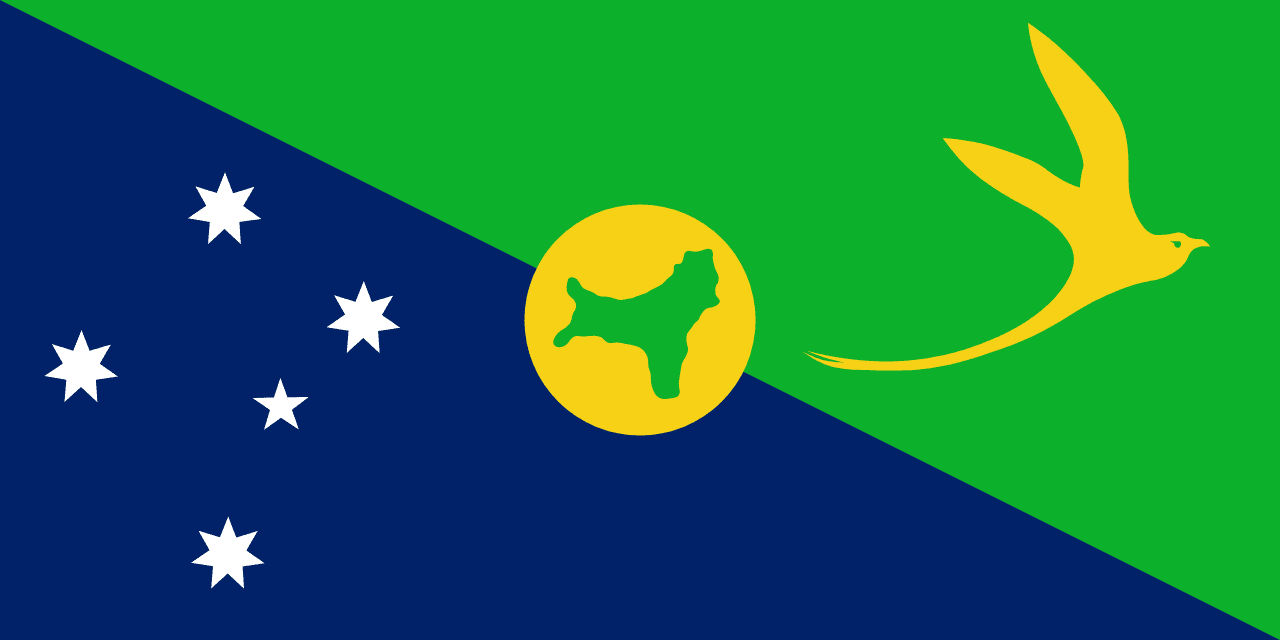
Christmas Island
Oceania
Green and blue field with Southern Cross constellation, golden bosun bird, and a circle representing the island.
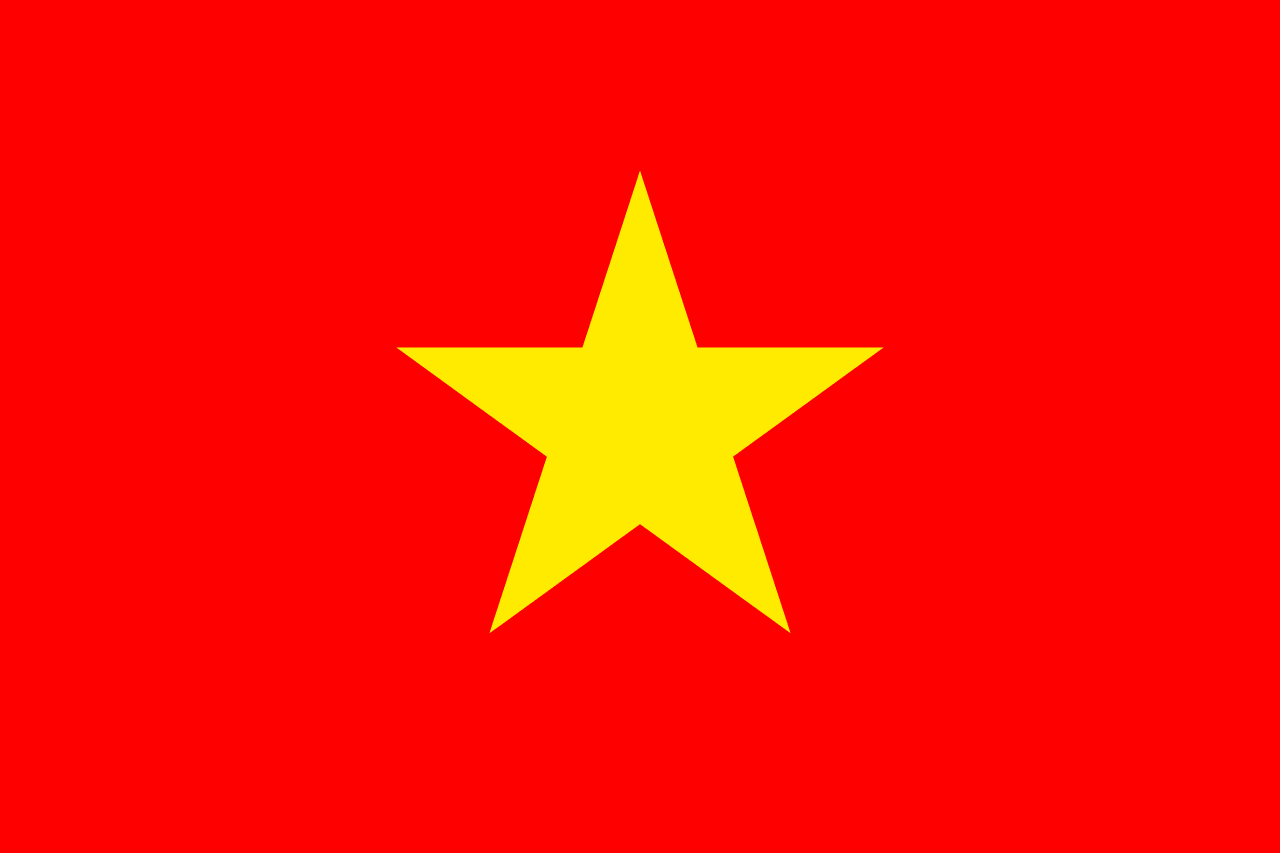
Vietnam
Asia
A red field with a large yellow five-pointed star in the center, representing the blood shed for independence and the unity of workers, peasants, intellectuals, youth, and soldiers under Communist Party leadership in the struggle for national liberation and socialist construction.